To provide the best experiences, we use technologies like cookies to store and/or access device information. Consenting to these technologies will allow us to process data such as browsing behaviour or unique IDs on this site. Not consenting or withdrawing consent, may adversely affect certain features and functions.
The technical storage or access is strictly necessary for the legitimate purpose of enabling the use of a specific service explicitly requested by the subscriber or user, or for the sole purpose of carrying out the transmission of a communication over an electronic communications network.
The technical storage or access is necessary for the legitimate purpose of storing preferences that are not requested by the subscriber or user.
The technical storage or access that is used exclusively for statistical purposes.
The technical storage or access that is used exclusively for anonymous statistical purposes. Without a subpoena, voluntary compliance on the part of your Internet Service Provider, or additional records from a third party, information stored or retrieved for this purpose alone cannot usually be used to identify you.
The technical storage or access is required to create user profiles to send advertising, or to track the user on a website or across several websites for similar marketing purposes.
 Chicago, considered the home for the modern workplace by many, played host once again to the 51st edition of NeoCon at The Merchandise Mart. The Mart, as is it affectionately known, is itself an interesting building; a vast space of 25 floors, it spans two city blocks and was the largest building in the world when it opened in 1930. (more…)
Chicago, considered the home for the modern workplace by many, played host once again to the 51st edition of NeoCon at The Merchandise Mart. The Mart, as is it affectionately known, is itself an interesting building; a vast space of 25 floors, it spans two city blocks and was the largest building in the world when it opened in 1930. (more…)











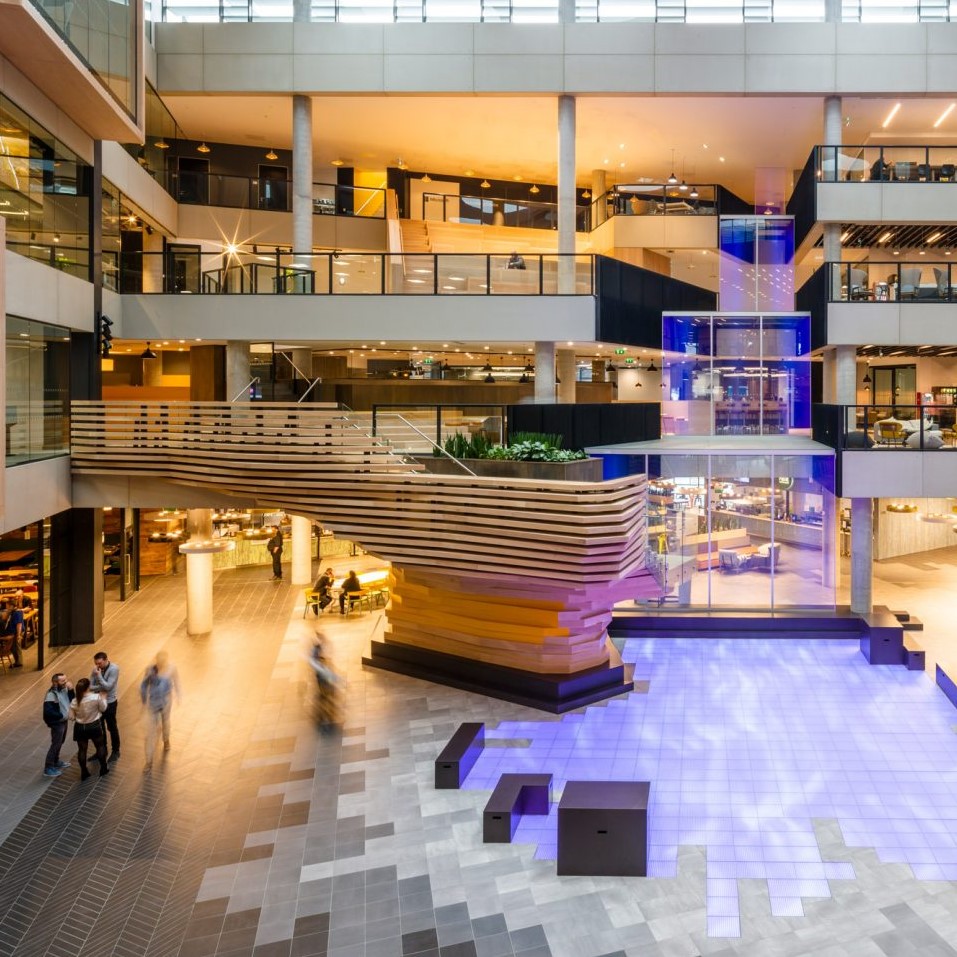
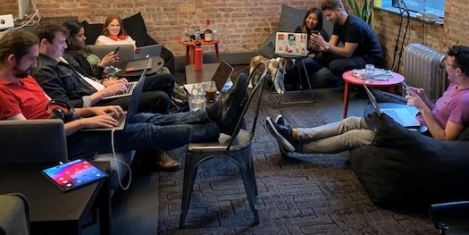
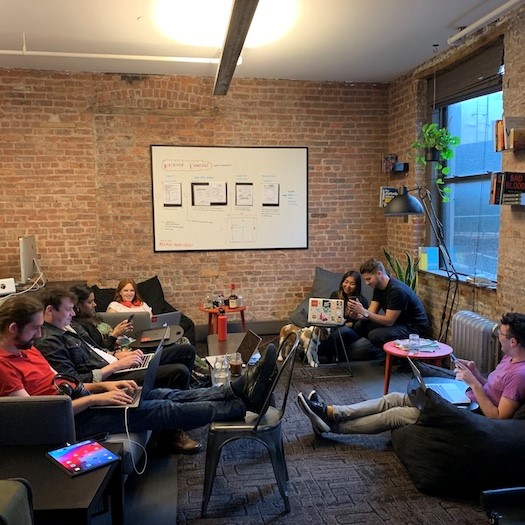 Most US workers prefer to spend some time in an office (83 percent) over fully working from home, according to
Most US workers prefer to spend some time in an office (83 percent) over fully working from home, according to 

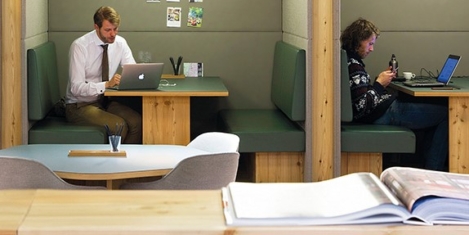
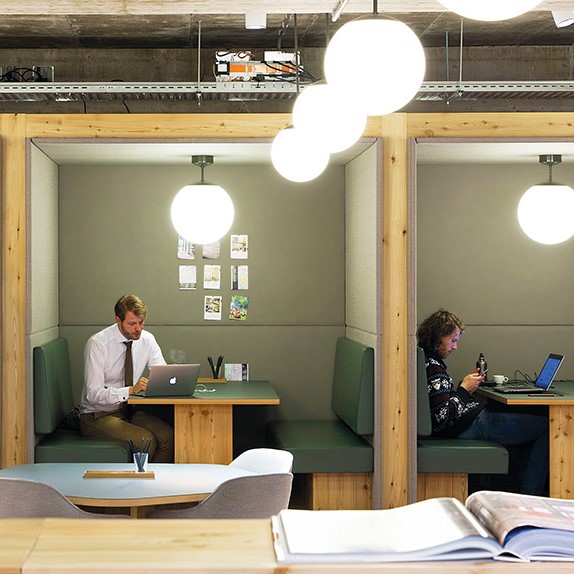














July 2, 2019
A Turing Test for the workplace 0
by Mark Eltringham • Comment, Facilities management, Technology, Workplace, Workplace design